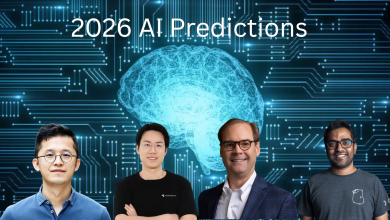
Artificial intelligence (AI) technology is poised to provide pivotal contributions to the fight against the COVID-19 pandemic:
- Accelerated analysis of complex data sets and enhanced insights from that data potentially shorten the innovation cycle for new pharmaceutical and treatment protocols.
- AI capabilities create more comprehensive contact tracing capabilities as well as more efficient load management protocols (to minimise population density on public transport) and delivery route planning (as more people rely on home delivery).
- At the industrial level, AI-driven insights can enhance and accelerate efforts to increase manufacturing process automation and facility sanitation processes.
Increased reliance on AI capabilities will also create incentives for policymakers to accelerate their engagement with the sector.
It’s All About The Data
While policymakers like to talk about increased oversight regarding AI and its underlying algorithms, most efforts to date have focused on the underlying data used to train AI models.
This is understandable.
If the data used to train an AI system is biased or incomplete, it will generate problematic, undesirable outputs.
Many believe that the answer is to increase substantially the amount of data aggregated for training purposes.
Simply put: the larger the data set, the less likely it is that bias or omissions will create problems downstream.
The challenge, of course, is that big data is not always smart or good data.
It may just be noise that distracts from reasoned decision-making.
In public policy, important issues arise when the data can be attributed to individuals.
Real questions exist about whether (or not) an individual owns the data they generate when their electronic devices collect habit information…and whether they are entitled to privacy with respect to that data.
The pandemic will intensify these debates.
These tensions increase dramatically when data crosses borders.
The COVID-19 pandemic arrived amid a geopolitical cycle in which localized, national priorities increasing were supplanting international cooperation as a driving force.
In addition, traditional operating mechanisms at the international level were facing pressure to adapt to an increasingly distributed age in which individuals can be more connected to each other without the intermediating central structure of government.
The pandemic arrived just as some governments were promoting data localization requirements in order to protect personal privacy, national security, or both.
Policy Pressure Points – Pandemic Edition
The foundation for 21st century AI technologies will be decided in the COVID-19 crucible.
Policymakers must immediately grapple with the need to protect their populations and the parallel need to share data so that AI systems can perform at optimal levels.
These decisions will create strategic opportunities for companies nimble enough to spot the inflection point across a number of issue areas, including:
- Data sharing: trade policy issues
- Data security: regulation issues
- Algorithmic Accountability: regulation issues
- Data Localization: geopolitics issues
- Data privacy/anonymity: regulation issues
- Government Funding: subsidies, research grants, and tax incentives.
Policy formation is neither linear nor hierarchical. Decisions regarding a small technical issue can generate significant ripple effects, changing the trajectory of innovation.
Buckle up. The next few years are going to be very interesting.





One Comment